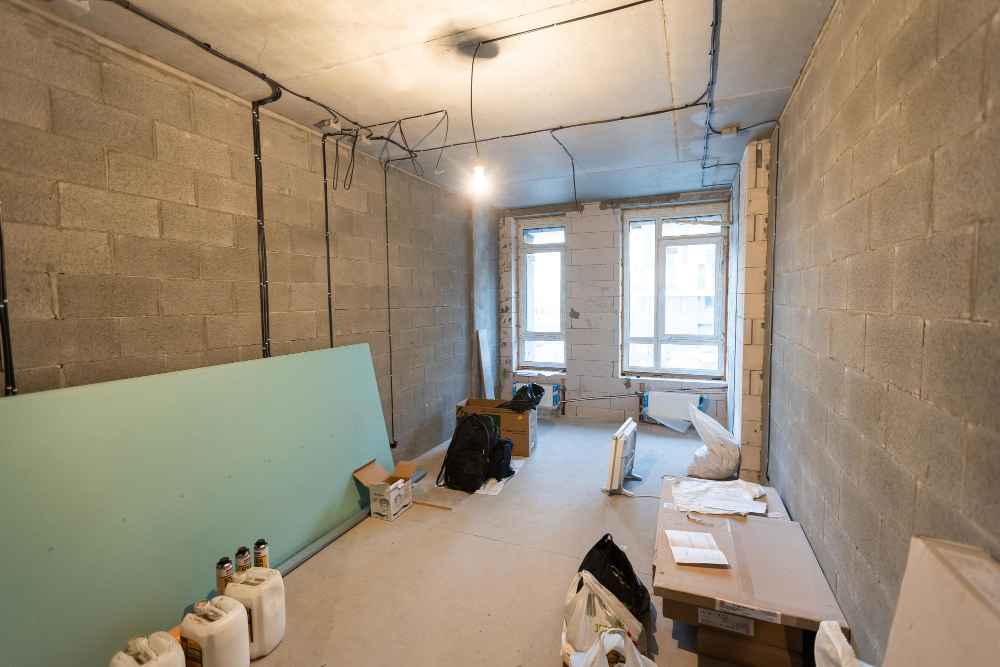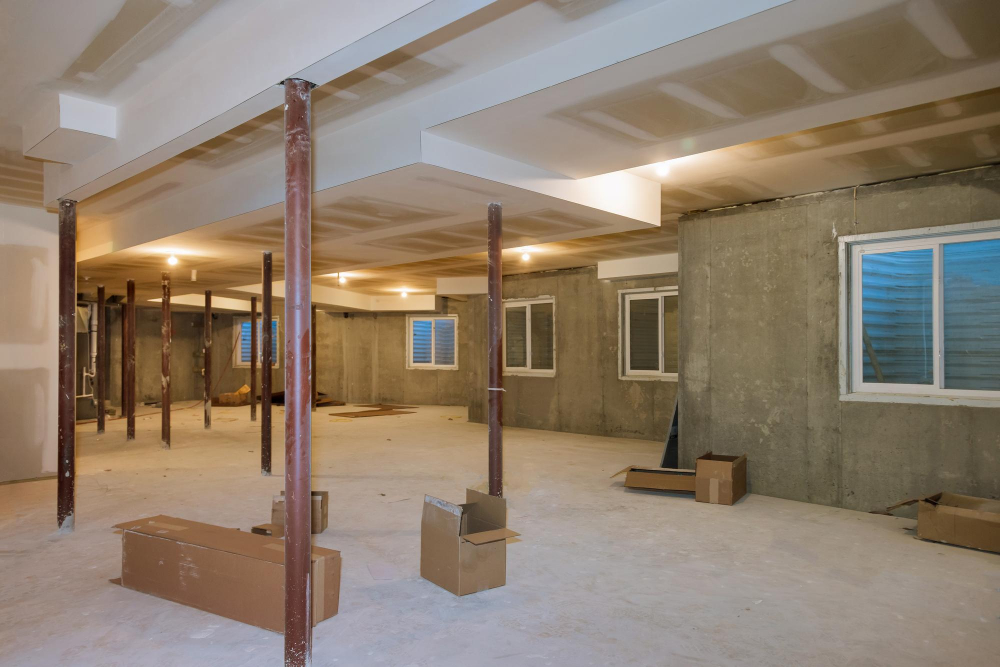When a building shows signs of structural damage, property owners are often faced with a crucial decision. Should they repair the existing foundation through underpinning or opt for complete rebuilding? The right choice depends on the condition of the structure, budget, planning permissions, and long-term goals. At CSMANLTD, one of the trusted underpinning companies London property owners rely on, we help clients evaluate both options with confidence.
What Is Underpinning
Underpinning is a structural method used to strengthen and stabilise the foundation of an existing building. It is typically required when:
- Ground movement or subsidence has caused instability beneath the existing foundation
- The current foundation lacks the strength needed to safely support the building’s load
- There is a plan to add extra floors or convert a basement
Underpinning extends the foundation deeper or spreads the load more evenly, allowing the building to remain safe without full reconstruction.
What Is Rebuilding
Rebuilding means completely removing the current structure and constructing a new one in its place. This option is usually considered when:
- The building has severe structural damage that affects walls, floors, and roofing
- The cost of repairs outweighs the cost of new construction
- The owner wants a complete redesign or change of use for the property
While rebuilding offers flexibility and full control over layout and materials, it also requires more time, higher investment, and local authority approvals.
Key Factors That Influence the Right Choice
When deciding between underpinning and rebuilding, several aspects need to be assessed carefully.
Structural Condition
If the structural issues are limited to the foundation and the rest of the property is stable, underpinning is often the more practical and cost-effective solution.
Budget
Underpinning is generally more affordable, especially in densely built areas where demolition and waste removal add significant costs. Rebuilding, however, may offer better value in the long term if extensive upgrades are already planned.
Planning and Legal Considerations
Underpinning usually requires fewer permissions and less disruption to neighbours. Rebuilding may need full planning consent, Party Wall Agreements, and multiple site inspections.
Timeframe
Underpinning projects can often be completed in weeks. Rebuilding may take several months, especially if utilities, architectural design, and foundation laying are part of the process.
Heritage or Listed Properties
For listed or heritage properties, underpinning is often the only acceptable method to preserve the original structure while ensuring stability.Rebuilding may not be allowed, or it could be subject to strict design regulations.
How CSMANLTD Helps Property Owners Decide
As one of the leading underpinning companies London trusts for structural safety, CSMANLTD begins with a full site survey and foundation assessment. Our team identifies structural risks, calculates long-term stability, and helps clients weigh costs, timelines, and planning requirements for both options.
We provide engineering-led advice that balances safety, value, and future usability. Whether it’s restoring foundation strength or starting a new build with expert groundwork, CSMANLTD supports the entire journey.



